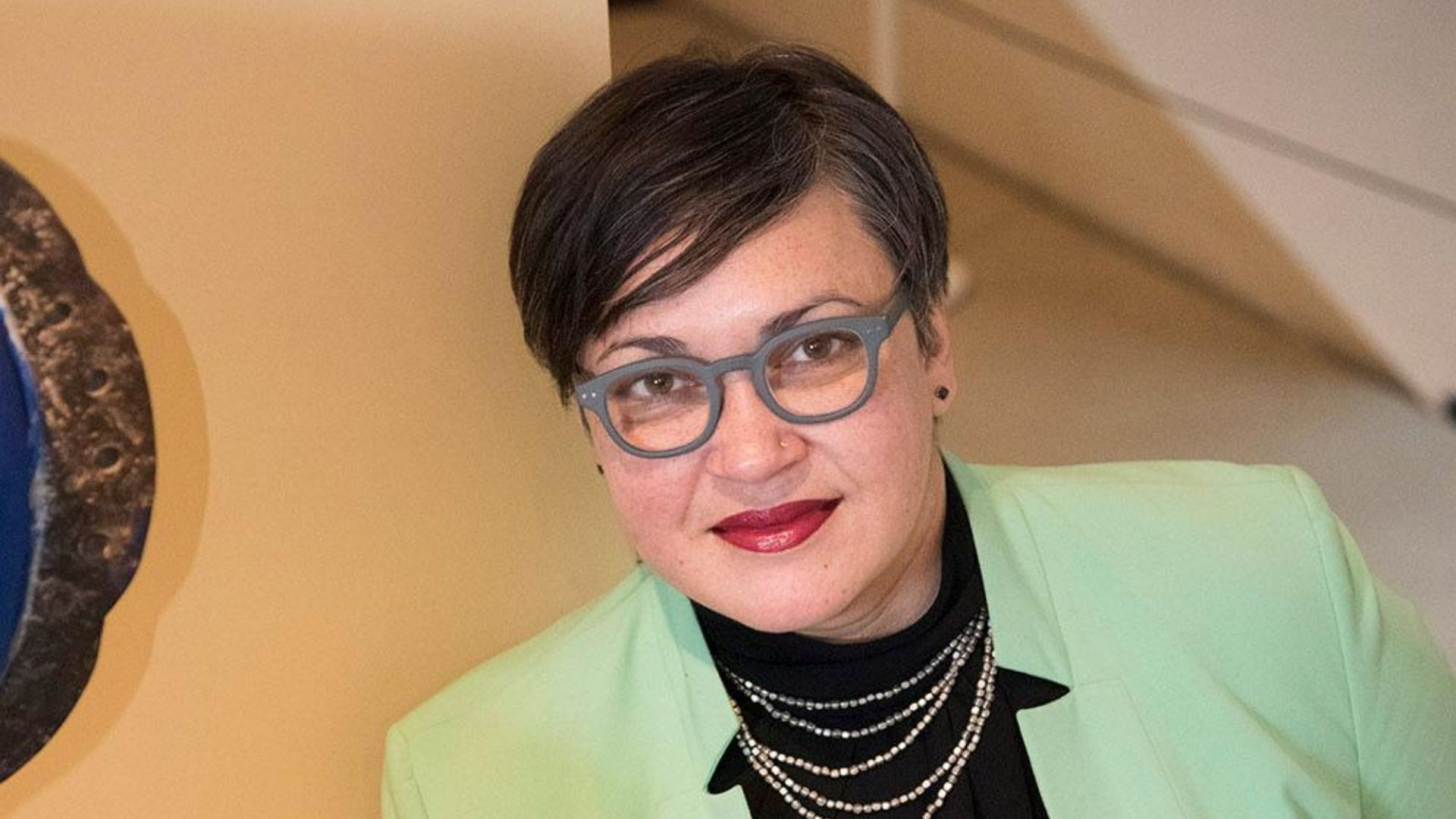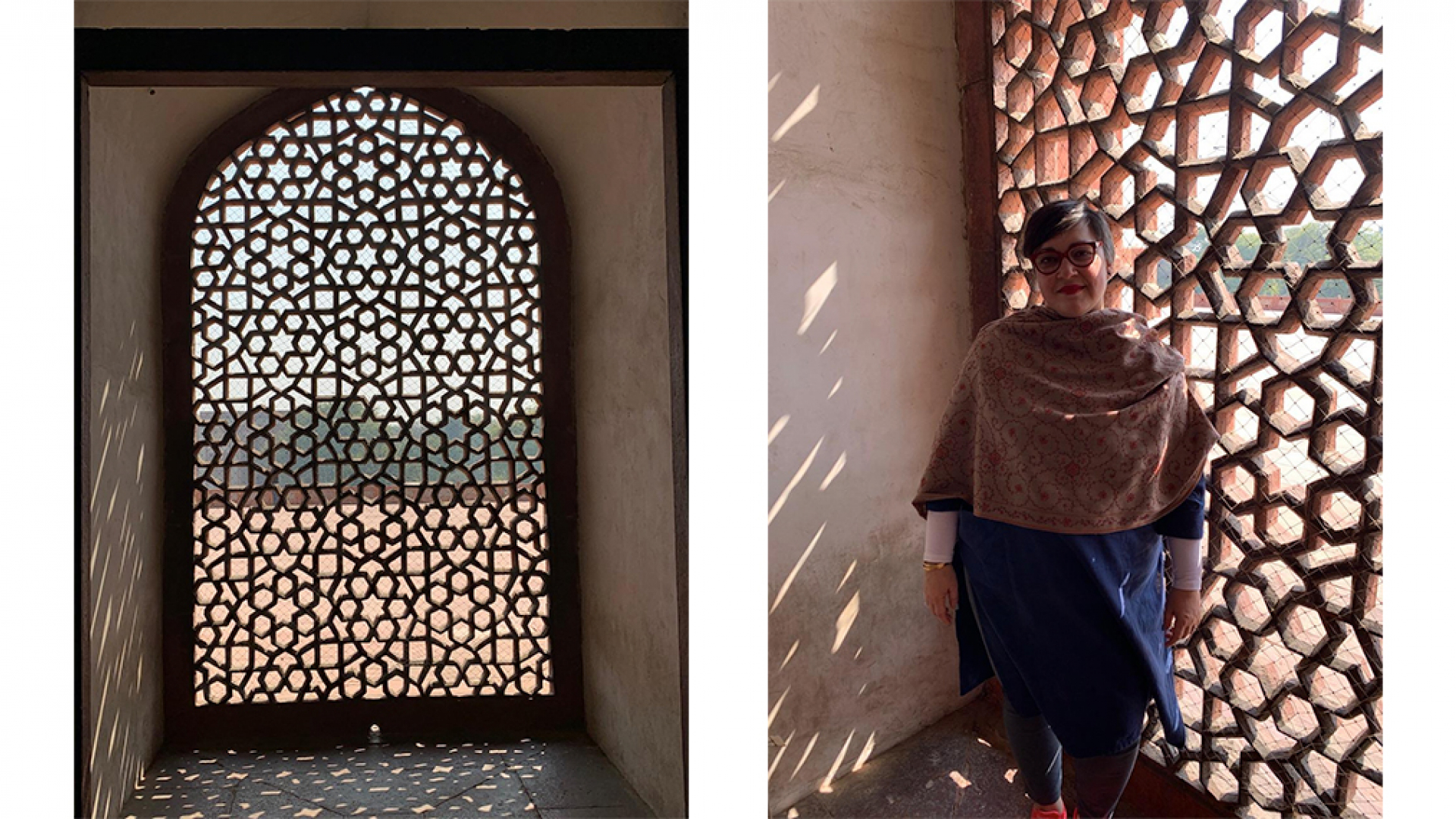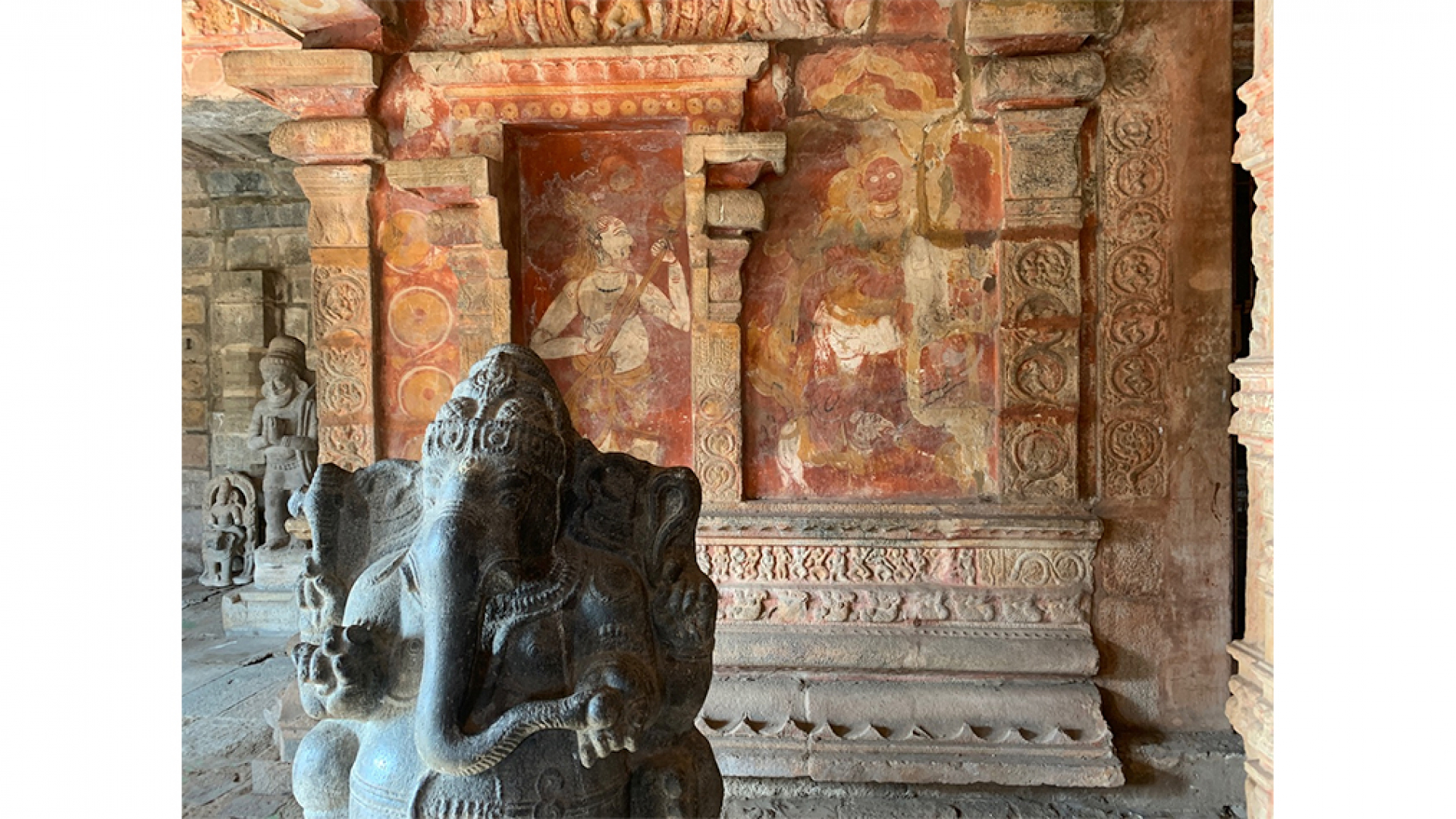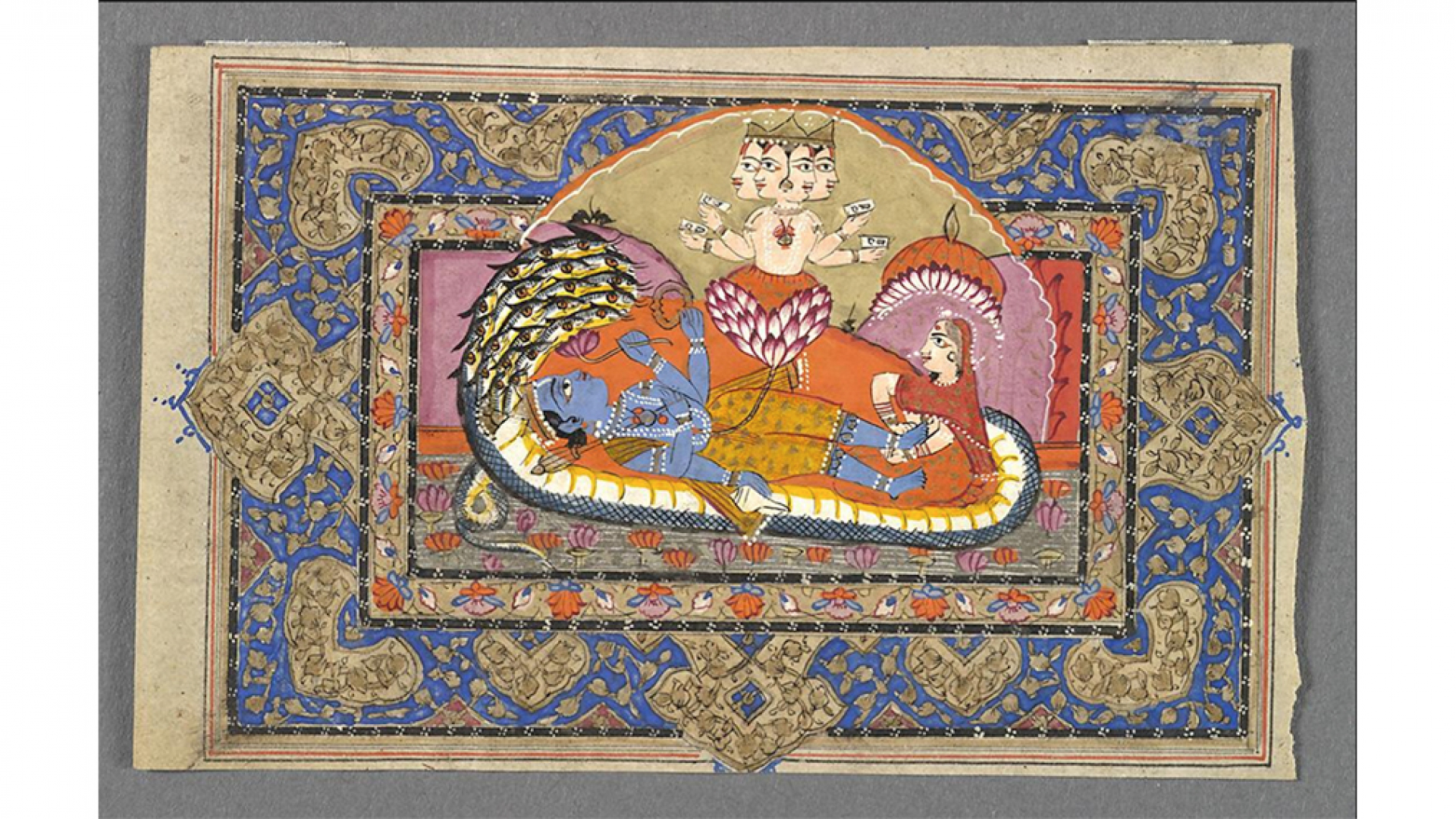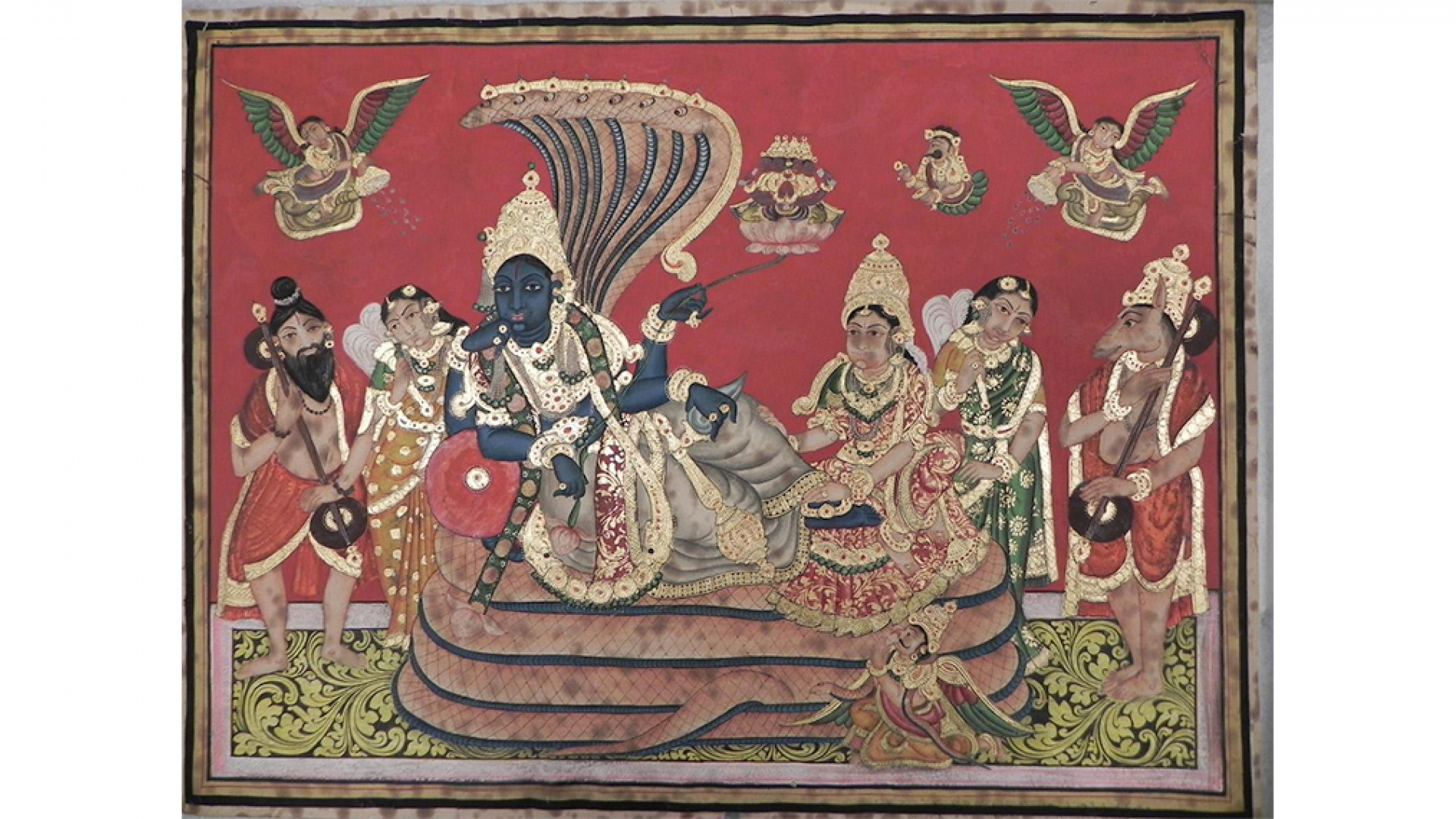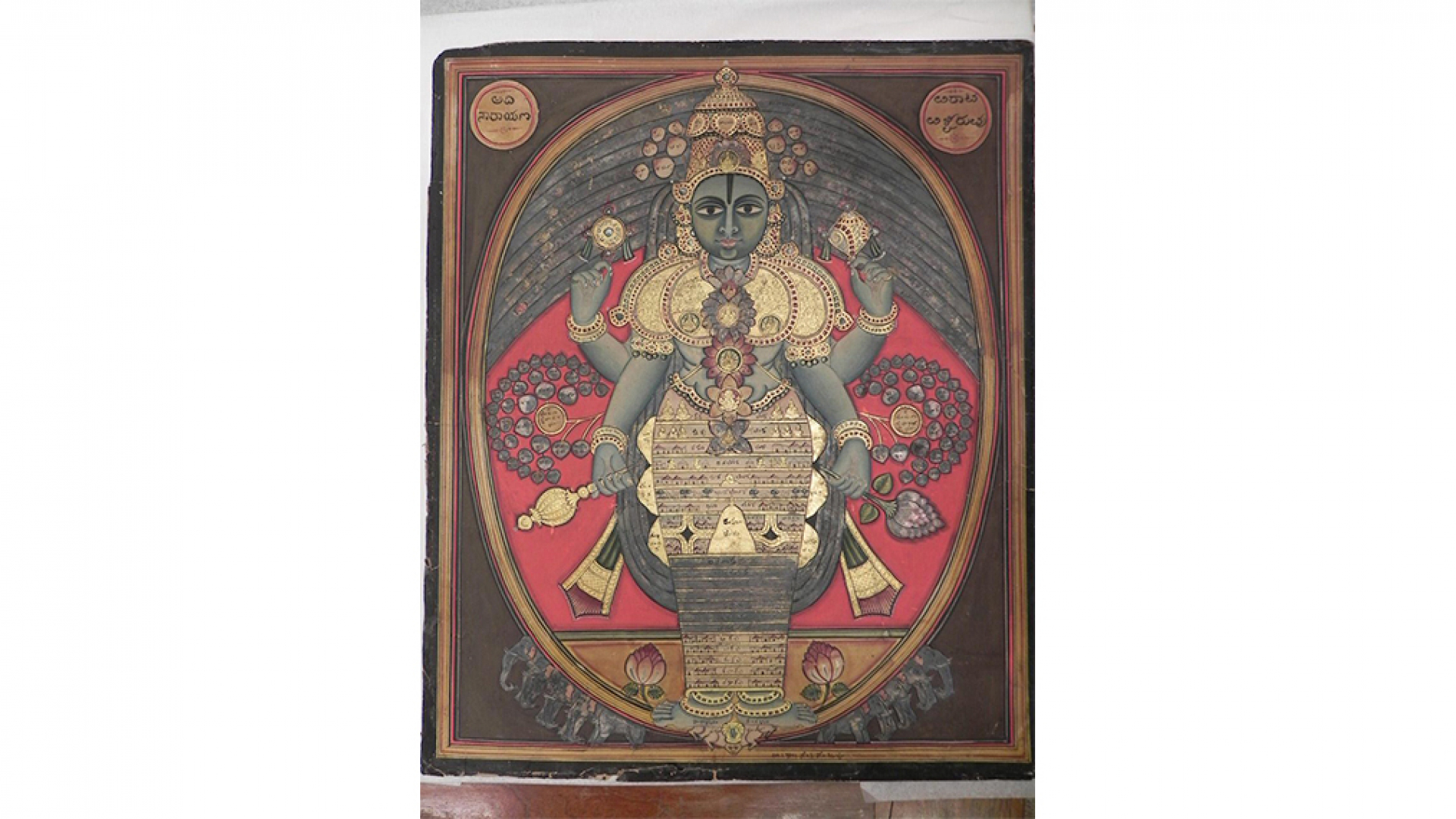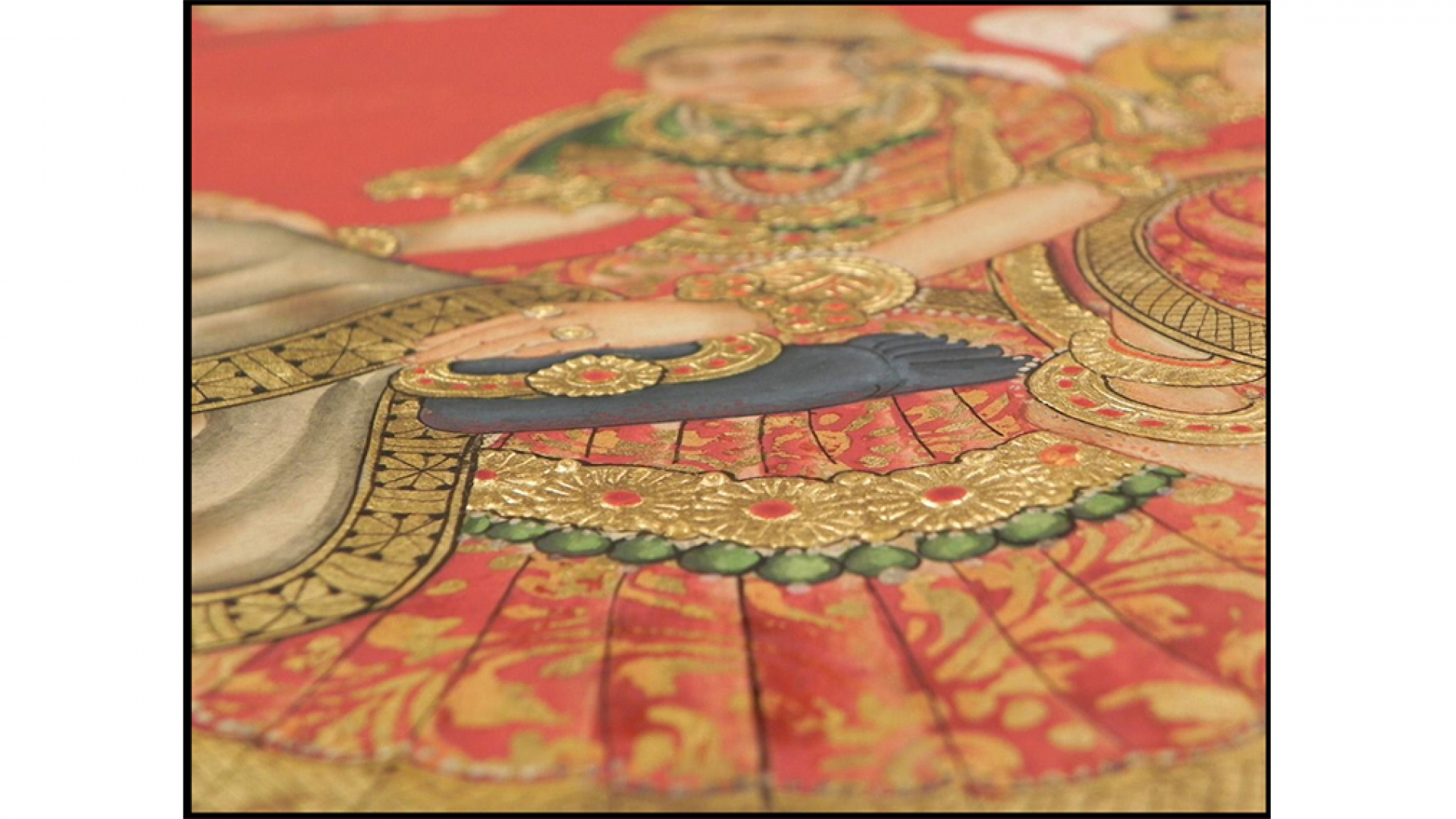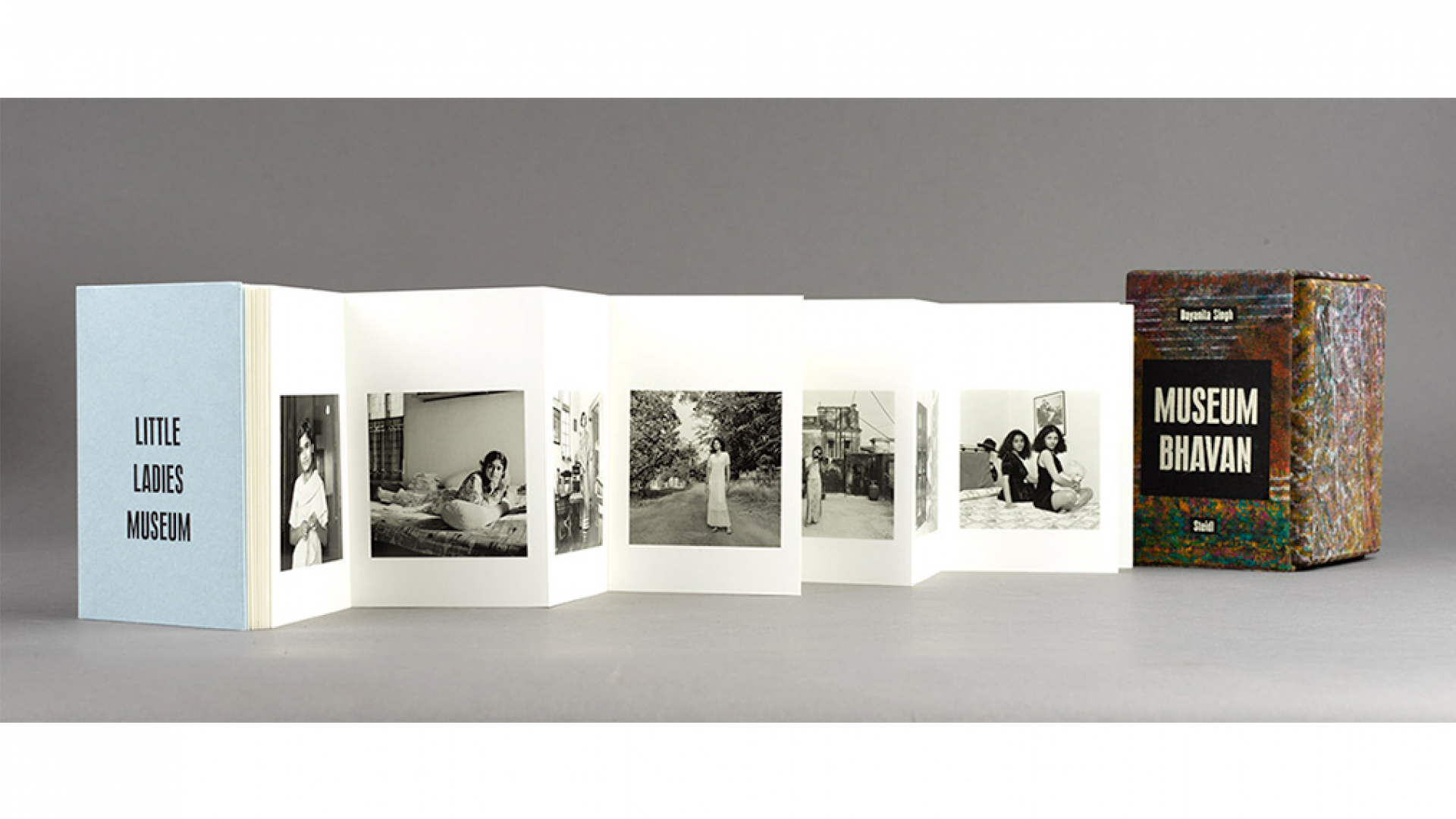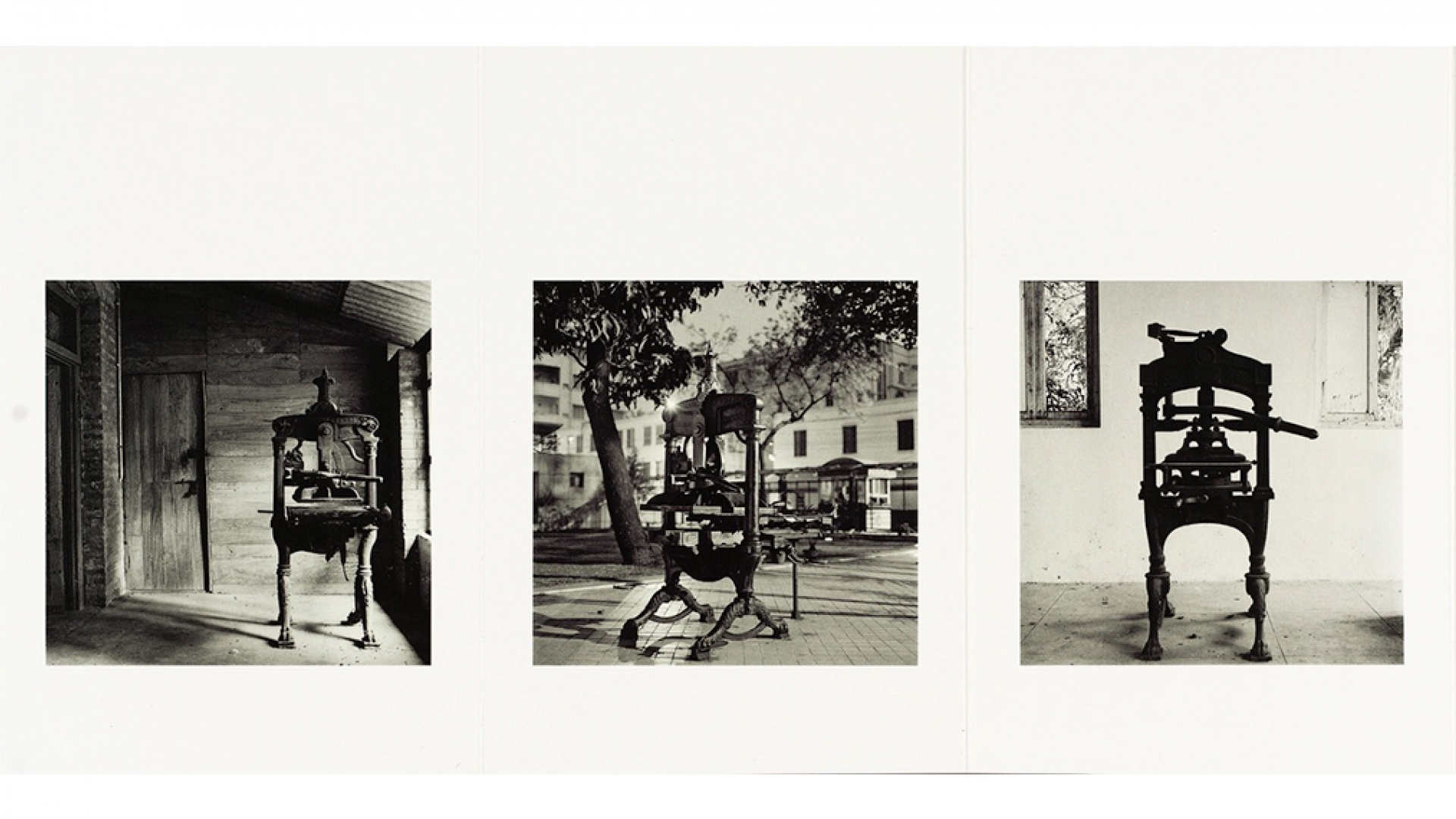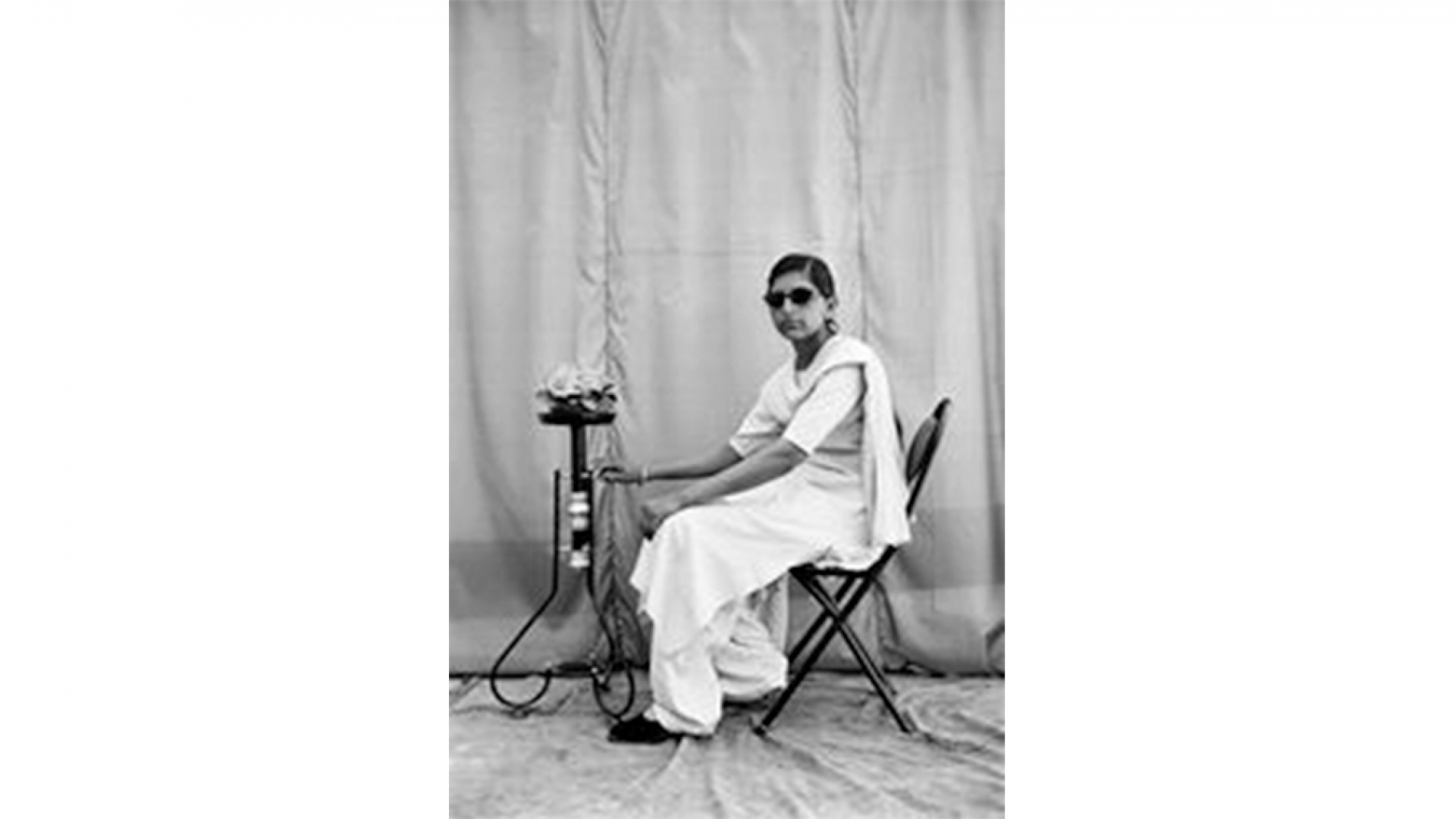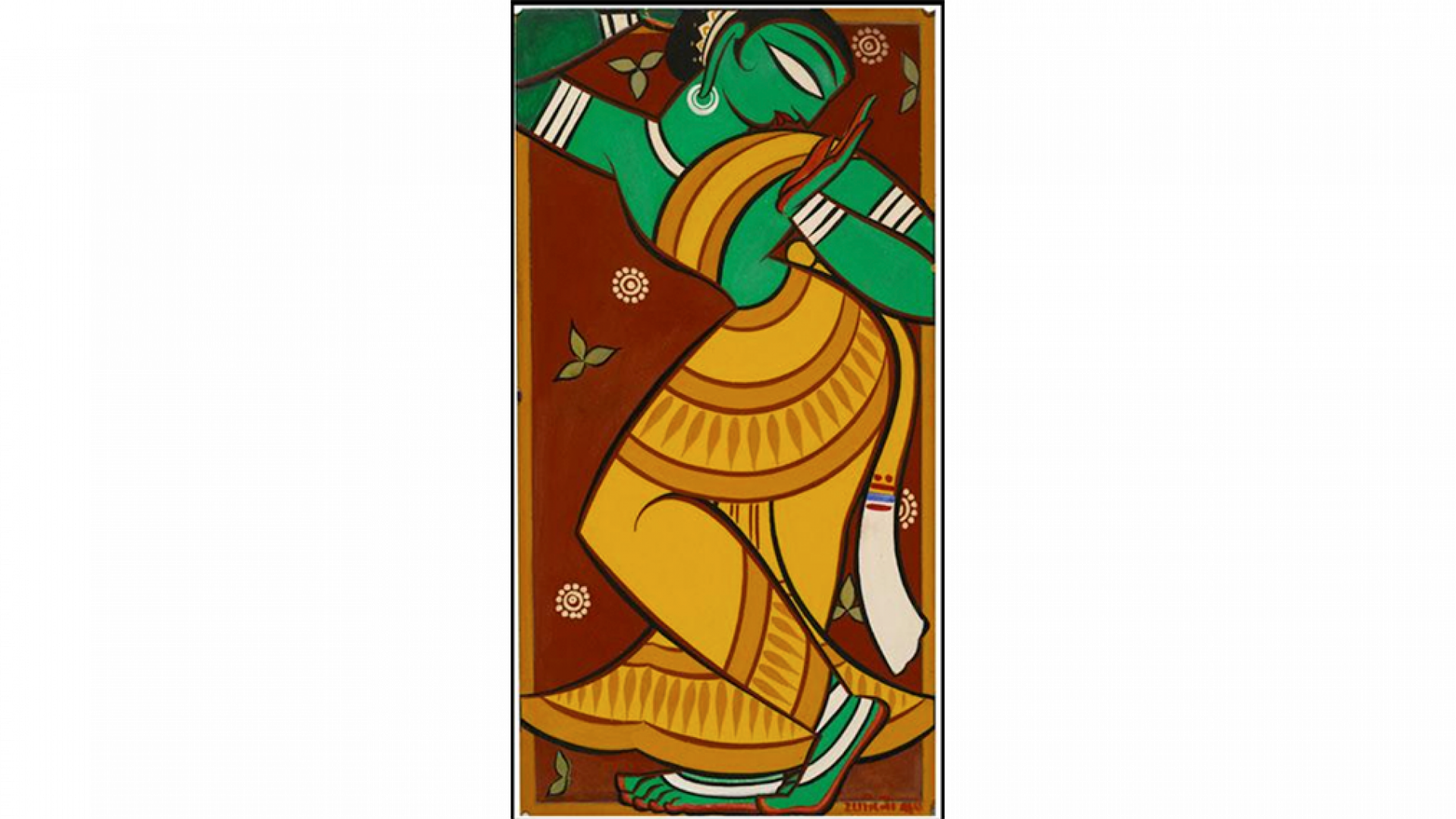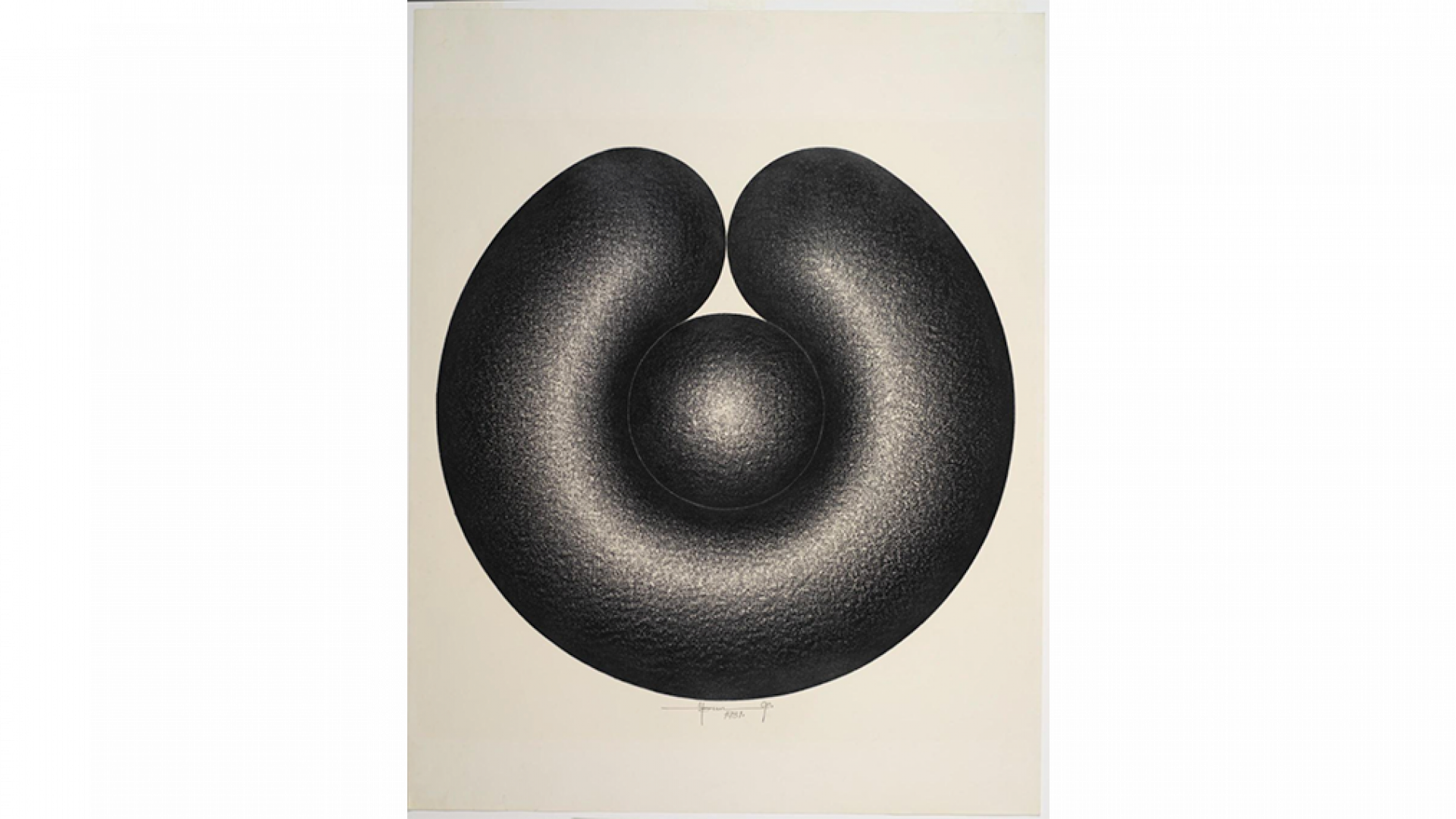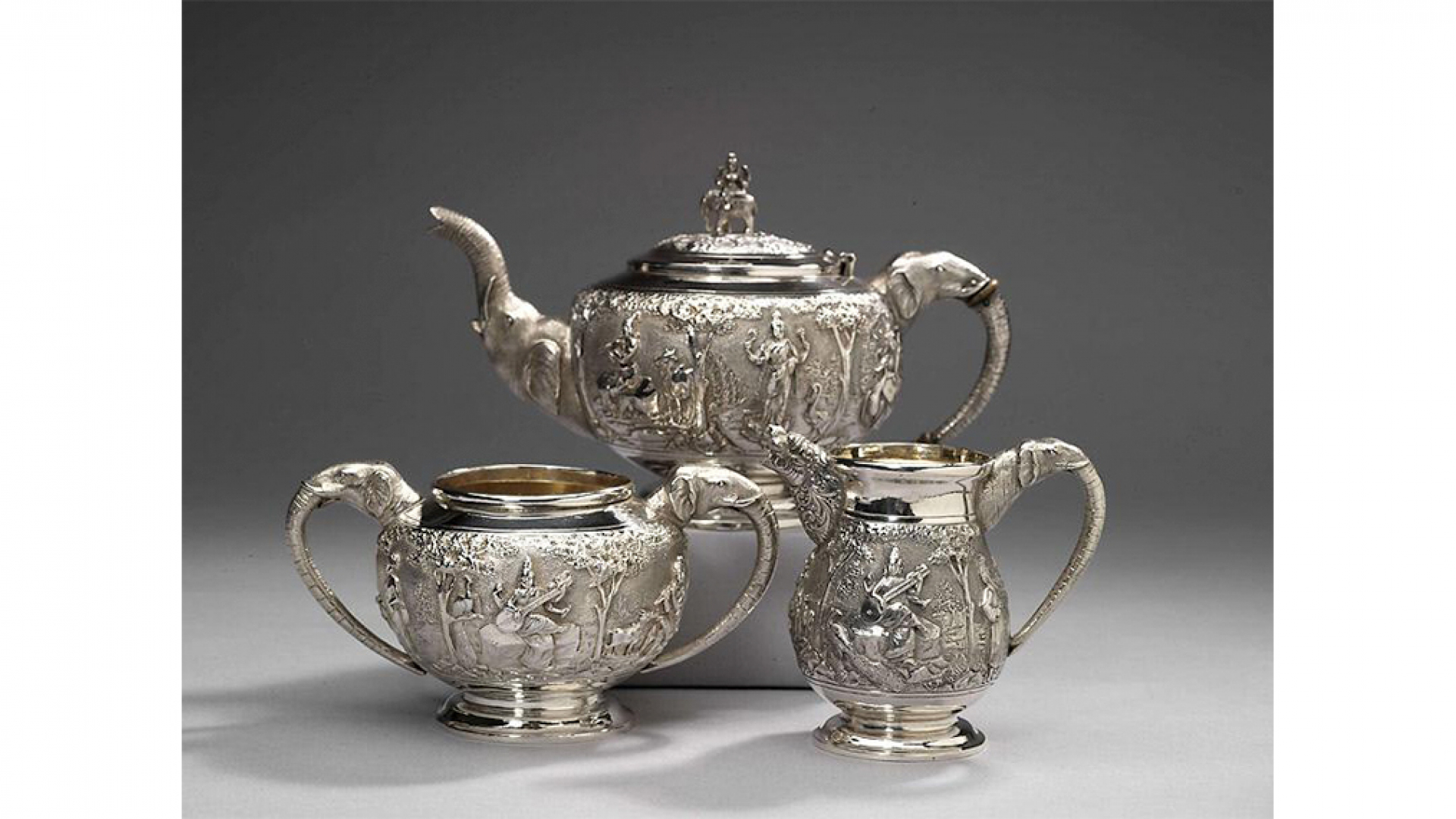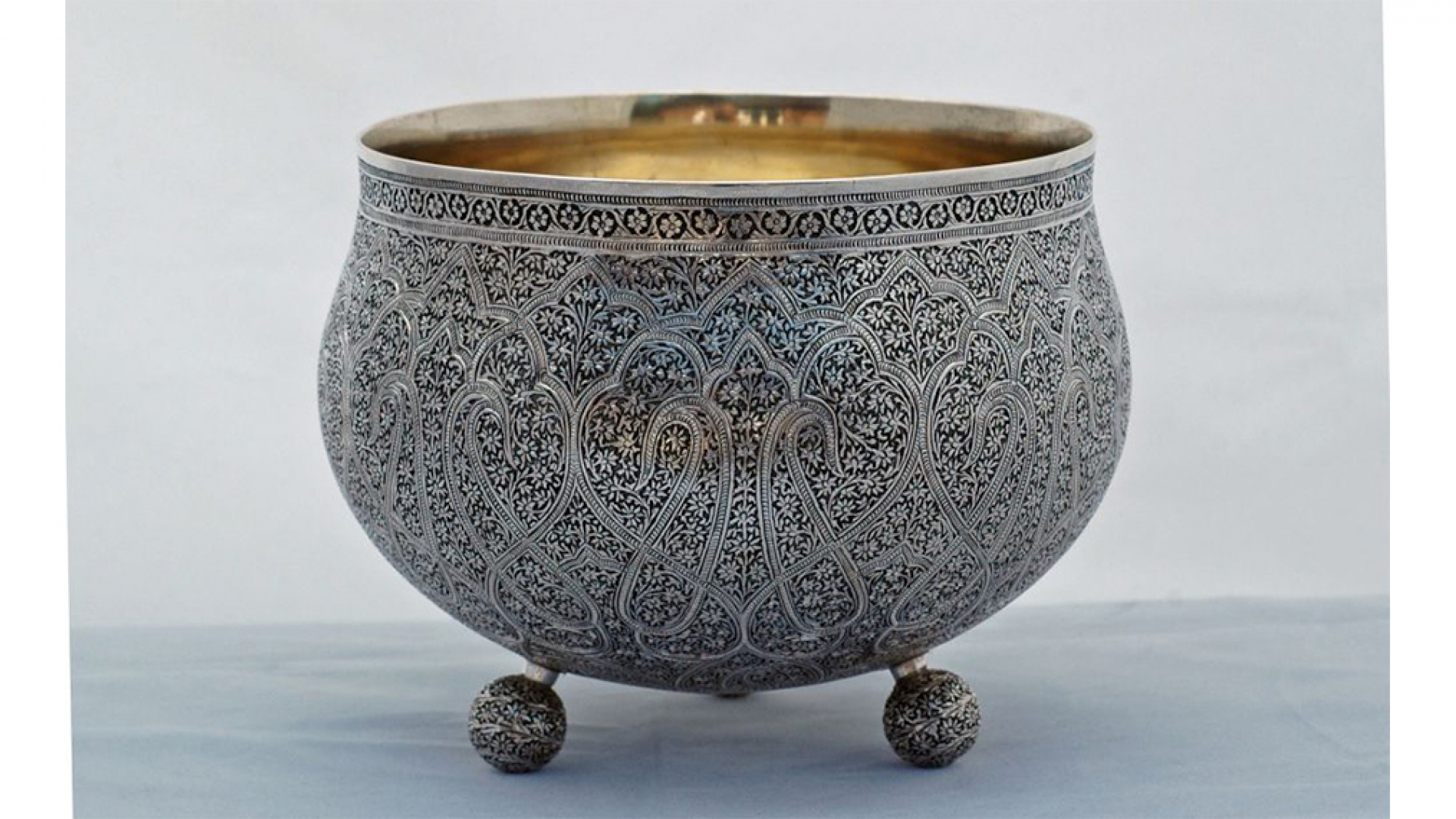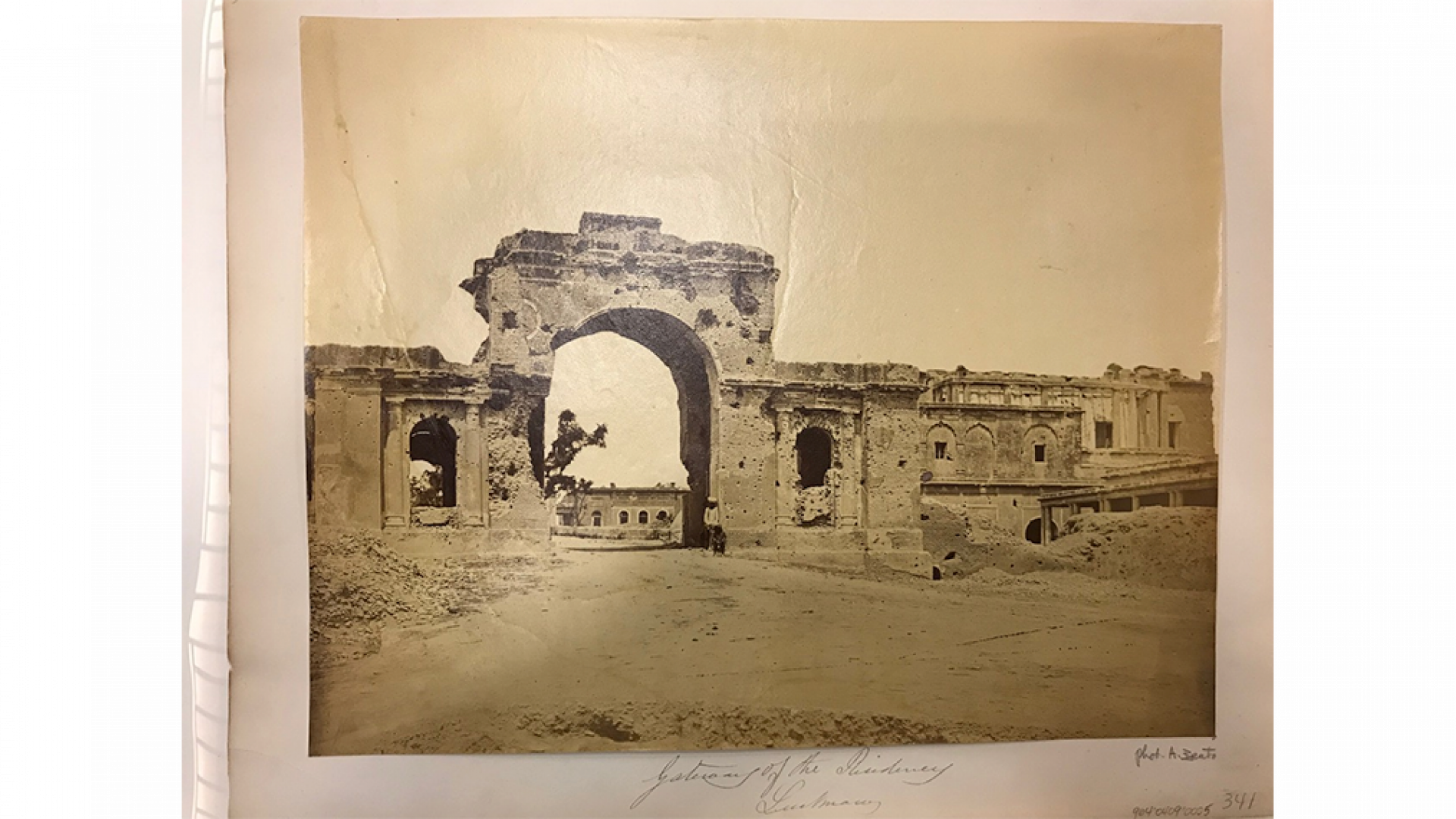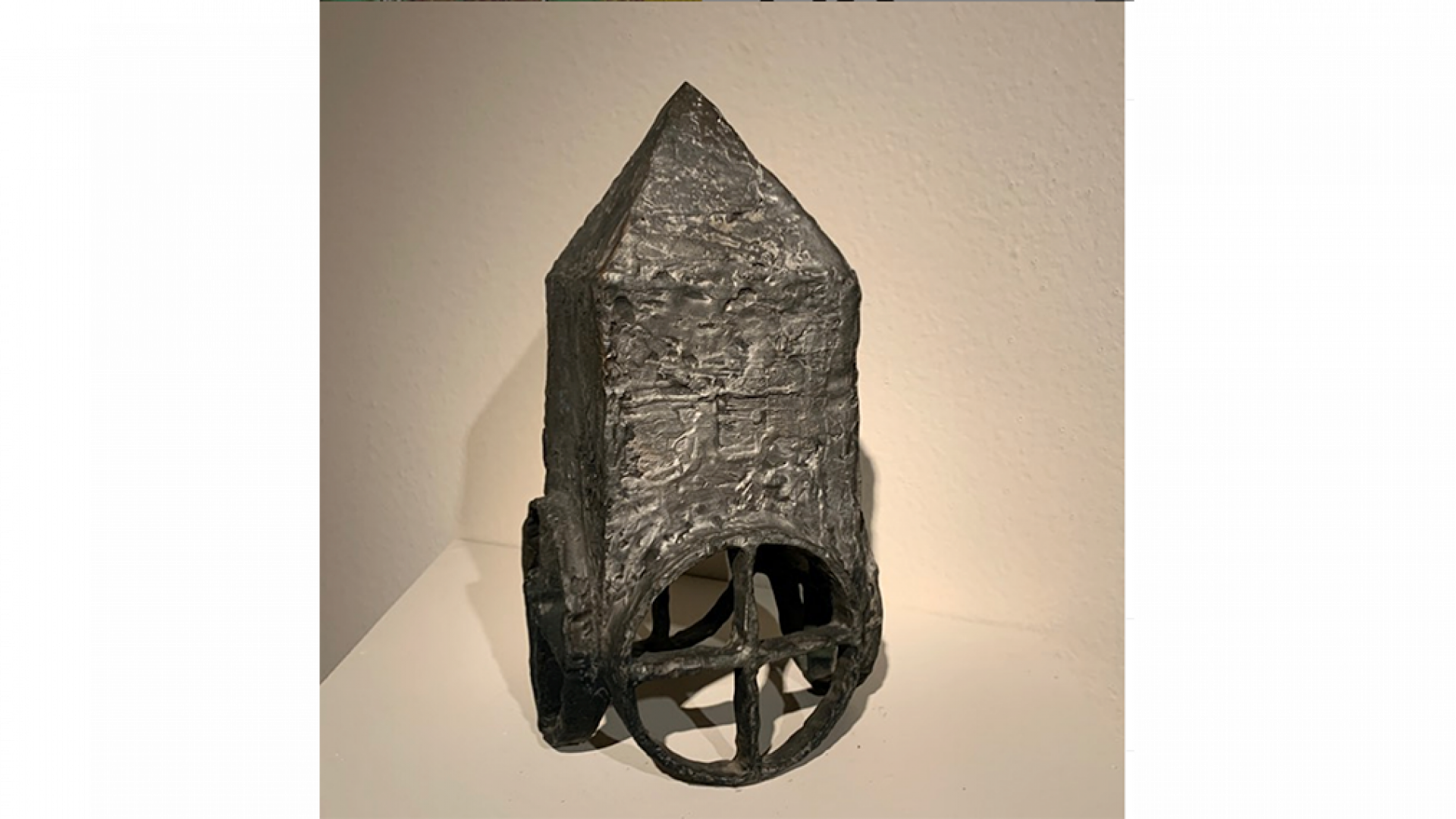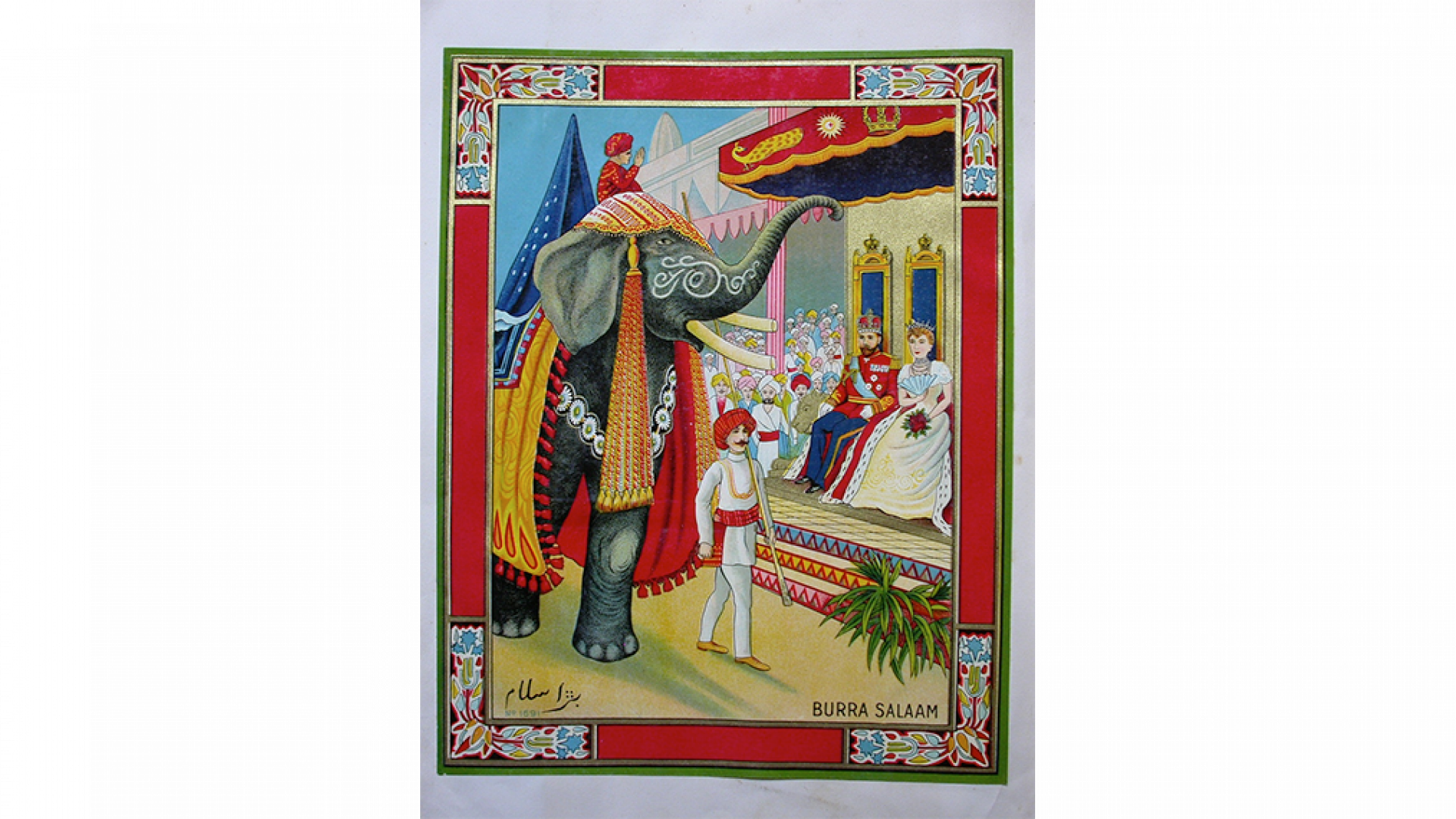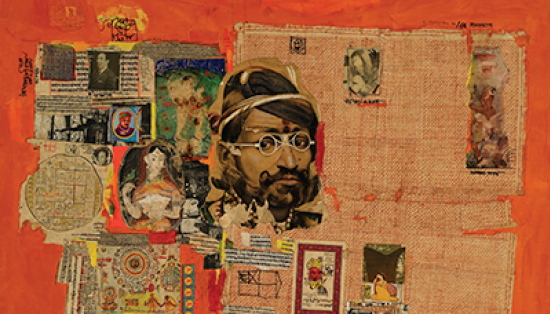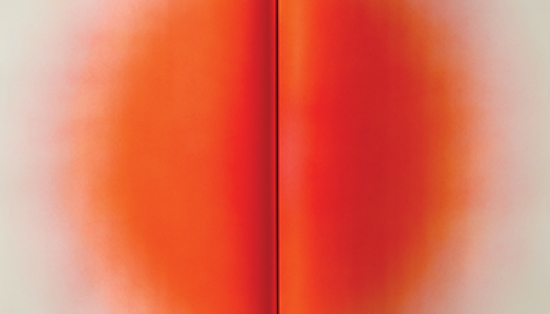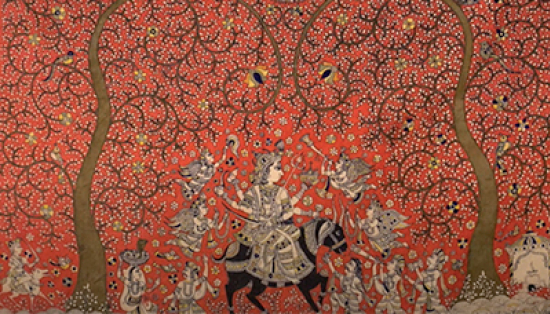Every Thursday at 10 am on Instagram we chat with a different ROM expert ready to answer your burning questions on a different subject. This time on Ask ROM Anything we are talking to Deepali Dewan, the Dan Mishra Curator of South Asian Arts and Culture at the Royal Ontario Museum.
In addition, she is an associate professor in the Department of Art at the University of Toronto and affiliated with the Centre for South Asian Studies. Her research interests span the history and theory of photography, colonial and nationalist visuality, and contemporary art in South Asia and its diaspora.
She is interested in thinking about archives and the production of knowledge; how meanings change over time; and how visual forms provide insight into historical and contemporary experience. As such, she is part of The Family Camera Network, a collaborative research project that explores the relationship between photography and the idea of family through the lens of migration.
Q. What role does art play in Indian religious practice?
A. India has people who practice several major religions—including Hinduism, Islam, Sikhism, Jainism, Buddhism, Christianity, Zoroastrianism and Judaism. For all of them, religious ideas are manifested visually in some form, whether it be abstract or naturalistic.
For example, intricately carved stone or wooden screens called jali on Islamic monuments break up light, which is a symbol of god, creating an awe-inspiring spiritual space on the inside. Here I am at Humayun’s Tomb in Delhi this past February before the world shut down due to the COVID-19 crisis.
The divine takes physical form as many different gods and goddesses in Hinduism, each of which embody a different idea or philosophy. They appear as beautiful sculpture on the outside and inside of temples, and in manuscript paintings.
In several Indian religions, circumambulating around a temple or shrine (called pradakshina or parikrama) and viewing an icon of god as a way to receive blessings (called darshan) is central to religious practice.
Q. What has been your favourite collection of Indian art so far in your career?
A. That is a tough question. There are so many great collections of Indian art. I will instead say one collection that I came across recently that completely blew me away. It is a collection of Mysore painting at the School of Fine Arts (Karnataka Chitrakala Parishath) in Bengaluru (formerly Bangalore). Well worth a visit! I couldn’t take photos in the gallery but you can see two examples in the ROM’s online collection:
Mysore painting flourished in the 17th-19th centuries. The most typical paintings feature Hindu deities made to hang in a home shrine. Mysore paintings differ from a similar Tanjore Style in that their overall effect is more subtle, the relief is not as high, and the jewels worn by the subjects are represented by gold leaf and raised paint. Check out this amazing detail from a painting in the ROM collection.
Q. Is there a contemporary Indian artist that you think everyone should know about?
A. There are indeed many! But I’ll mention two that I’ve recently had the privilege to write about. Both are women and I think are reinventing the practice of photography in fundamental ways.
Dayanita Singh edits through emotion rather than subject matter, creating collections of photographs that she makes into portable museums that can be easily shared and changed.
Gauri Gill’s work redefines the notion of collaboration. By denying the trappings of the documentary image, her work proposes new ways of being a photographer and new ways of looking for the rest of us.
Q. Did classical Indian Art have ‘movements’ like western art? (Like Dadaism, Impressionism…)?
A. Modern western art movements, like the ones you mention, were reactions to the artistic styles that came before it. In contrast—as art historian Geeta Kapur has pointed out in her important book “When was Modernism: Essays on Contemporary Cultural Practice in India” (2000)—due to the colonialism, Indian modern art sought to incorporate the pre-colonial past, as a way to invent a new Indian art. There were different solutions to this that could be called “movements” based around art schools or art groups. For example, Jamini Roy in the Bengal School looked to Mughal painting and Benagli folk art, Youngo Verma of the Neo-Tantric artists were inspired by the sacred geometry of Tantra, and M.F. Husain of The Progressives was inspired by Indian iconography through abstraction.
Q. Do you have a favourite time period or style? What would it be?
A. I guess the time period I find the most fascinating would be the 19th century in India. There was so much going on, so much change, the foundations of our world today were being laid down—through exploitative forms of colonialism but also through examples of individualism and creativity of thought. New hybrid art forms were being produced. Most interesting, I find, is Anglo-Indian silver that incorporated Indian iconography and European decorative forms. I’d love to do a project on these one day.
Q. Where can I find information about Felice Beato’s work in India?
A. Among the first to document some of the sites in the aftermath of the 1857 rebellion was Italian-born British photographer Felice Beato (1832-1909), considered one of the first war photographers. One of his most famous photographs is of the artillery-marked ruins of the Sikander Bagh Palace in Lucknow showing the skeletons of sepoys who were killed (not shown here because it is too gruesome). Such images gained wide circulation within the growing industry of photojournalism.
For more on his work in India, I suggest reading scholars John Falconer, Christopher Pinney, Anne Lacoste, Zahid Chaudhary and a key article by John Fraser showing that despite the instantaneous look of such photography, the images were often carefully composed or even staged. There is a great collection of Beato’s India images at the Harry Ransom Center, in Austin, Texas.
Q. What is the first South Asian artwork you came across that allowed you to see yourself within the work?
How did colonialism affect Indian art?
Wow, you need to write a book to answer this question! But in brief a few points:
- new patrons
- new aesthetics
- new networks of circulation
Colonialism in India was the extractive (not settler) kind — India was a place for the extraction of raw materials and natural resources. Later, it became a new consumer market for British goods. These things profoundly affected Indian art.
Q. Have any recommendations for people interested learning more about the history of Indian Art?
Book Recommendations:
- Vidya Dehejia, Indian Art (Phaidon: Art & Ideas), 1997.
- Partha Mitter. The Triumph of Modernism : India's Artists and the Avant-garde, 1922-1947. London : Reaktion Books, 2007.
- Rebecca Brown. Art for a Modern India, 1947-1980. Duke University Press, 2009.
Q. What inspired you to study art and focus on South Asia?
Q. With current political & communal unrest, I’m concerned art in India may not remain secular. Thoughts?
This is an important question. If I am understanding it correctly, my thought it that art in India has never been only secular. Religious art constitutes a big part of the history of Indian art and is often the only kind to survive because it tends to be made of durable material like stone. I think the larger issue is to ensure that the study of the art in India continues to incorporate all the religious traditions that are a part of India’s long history.

